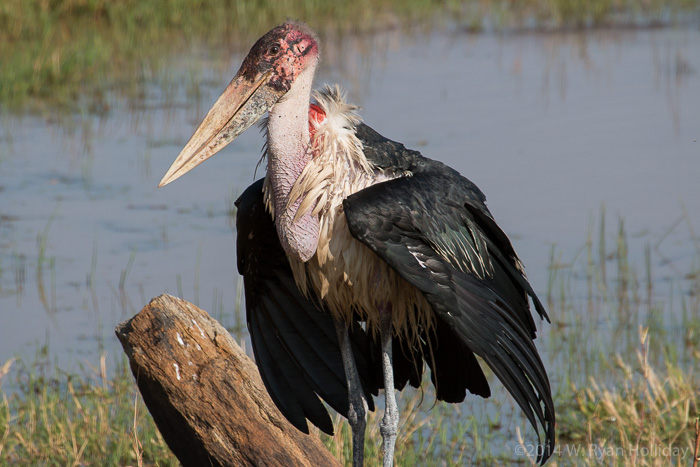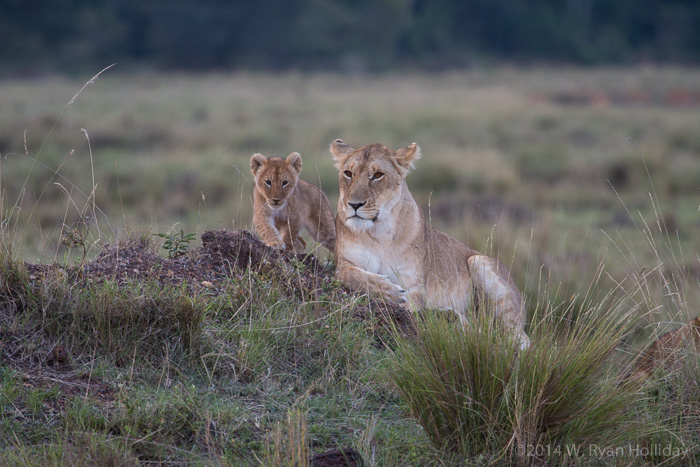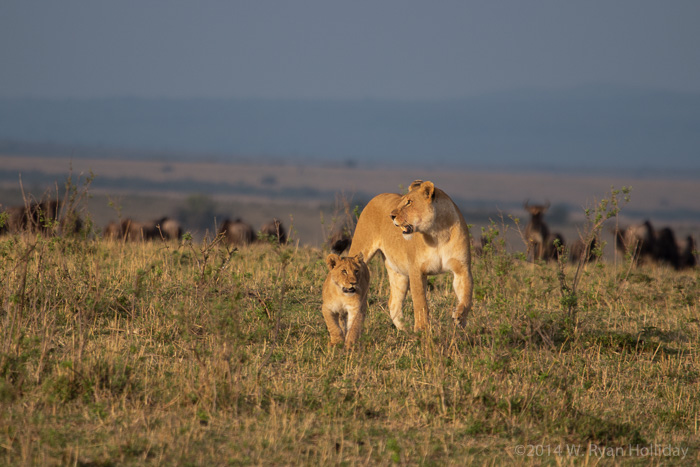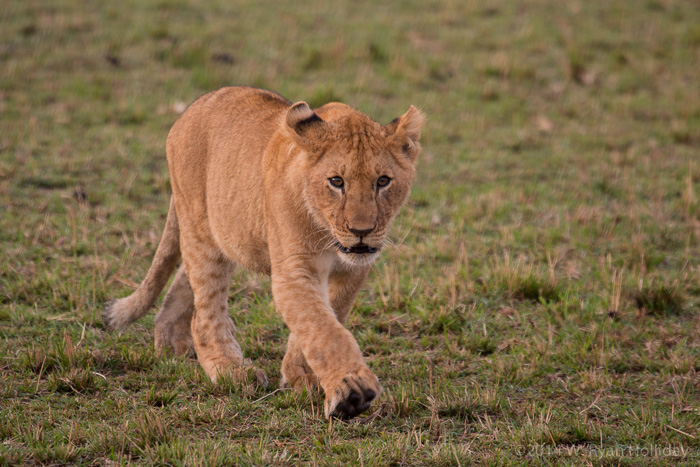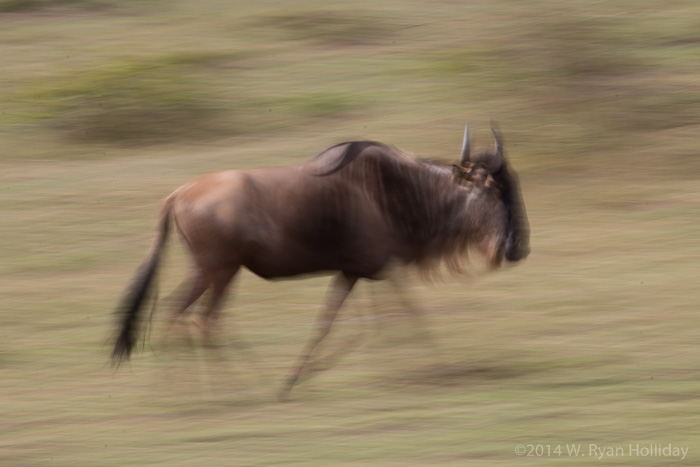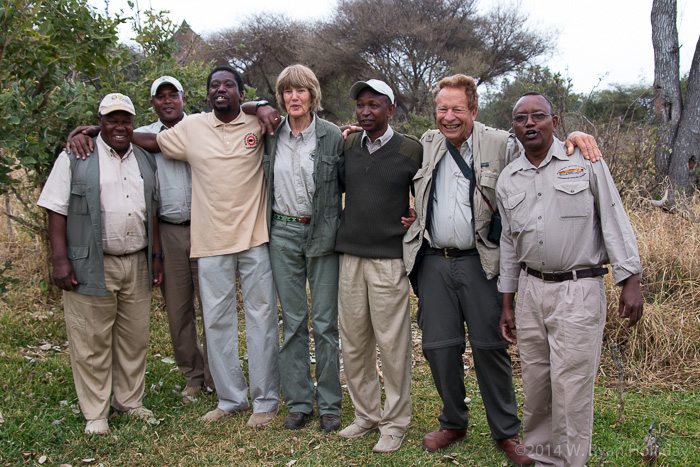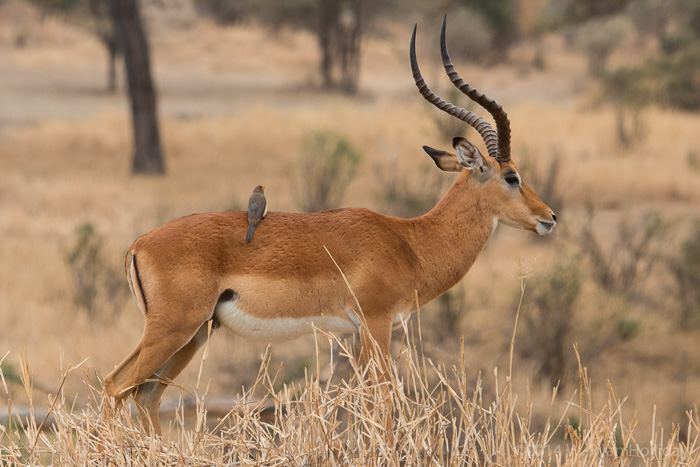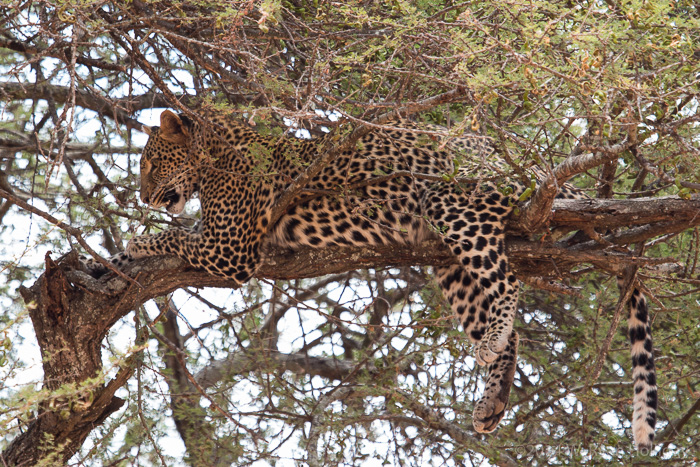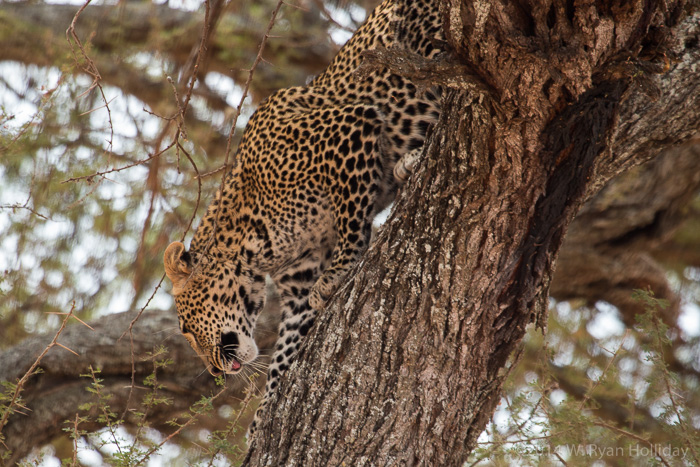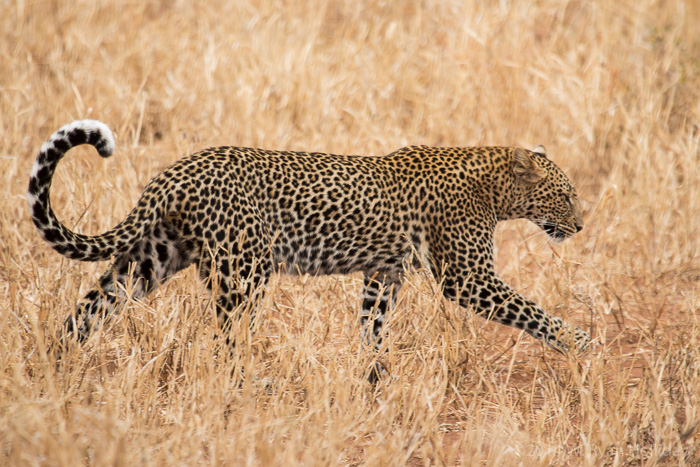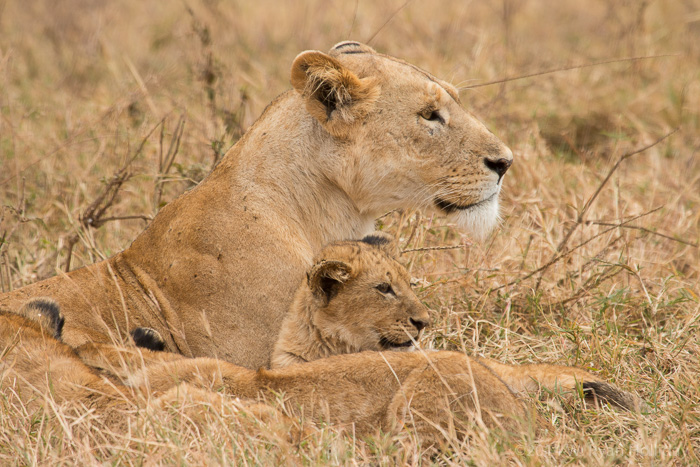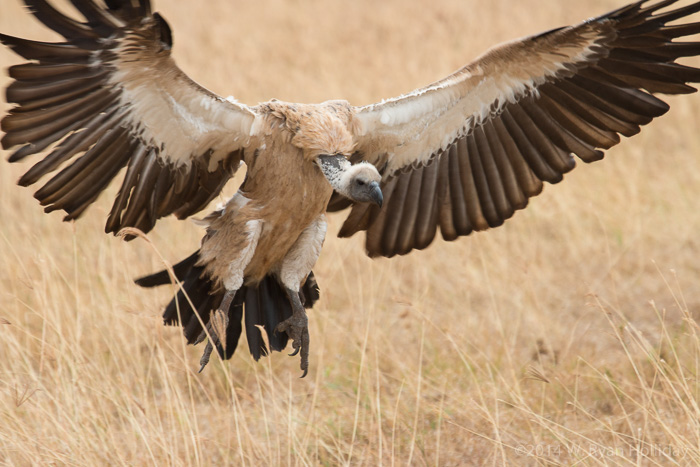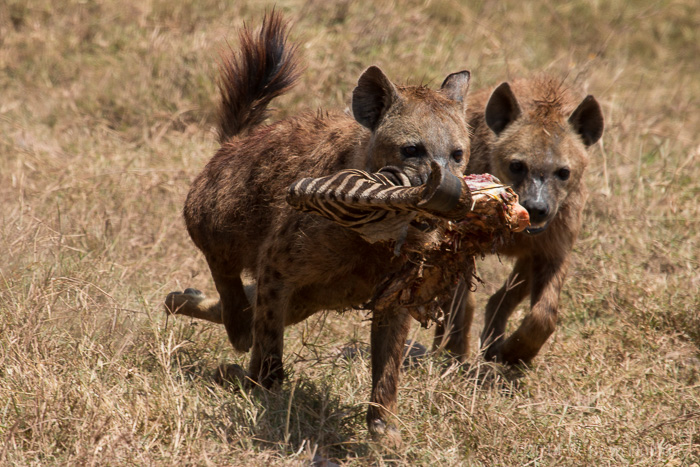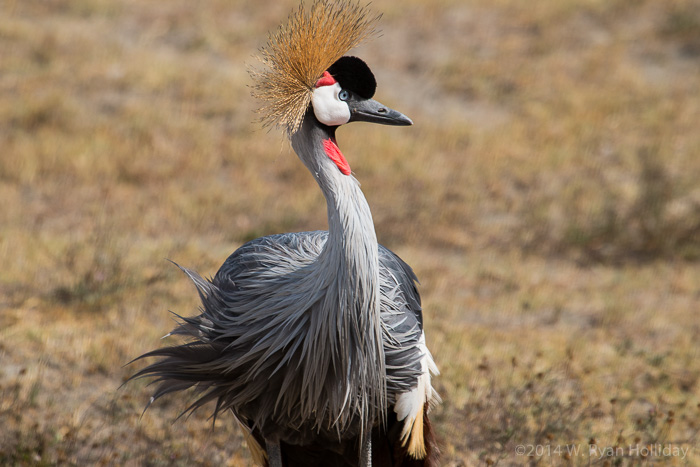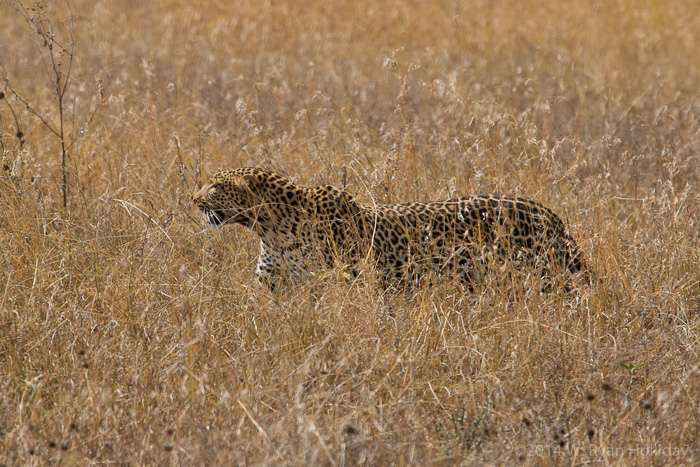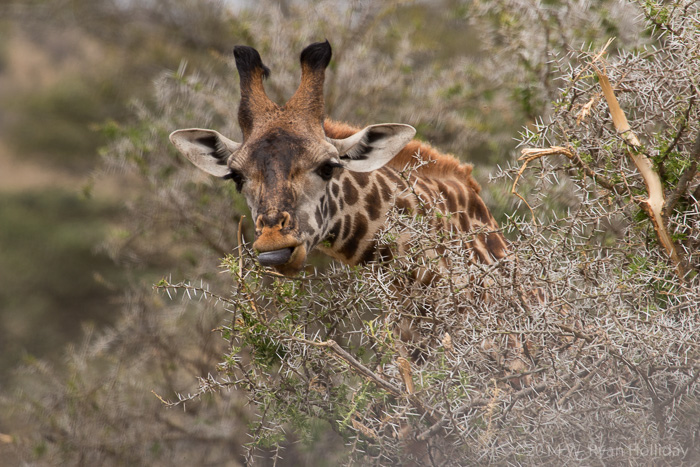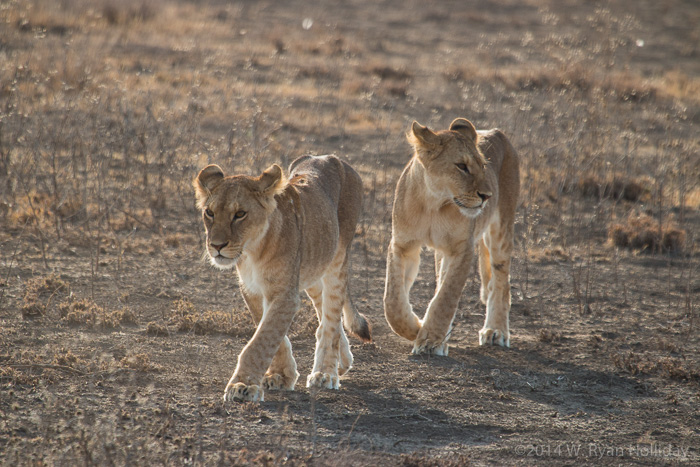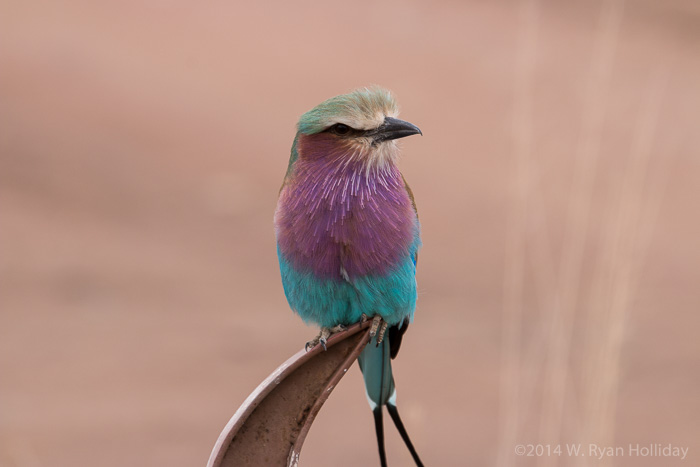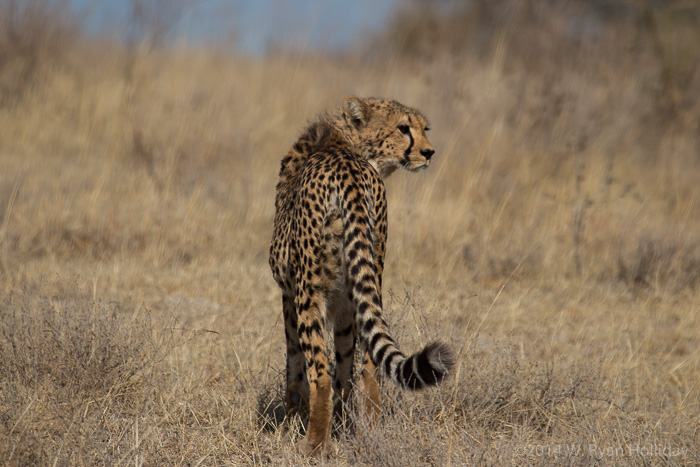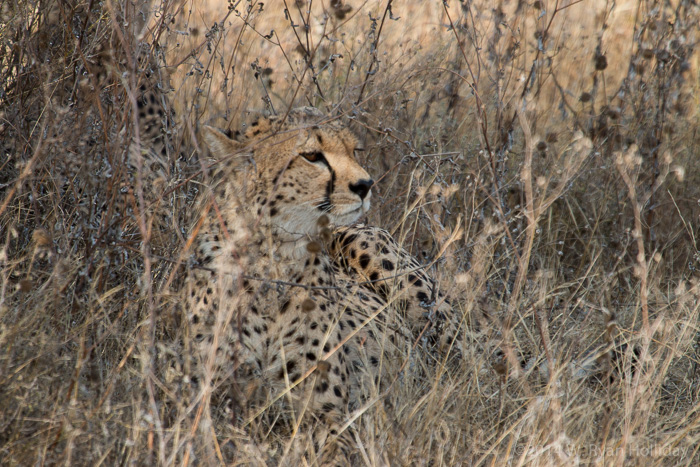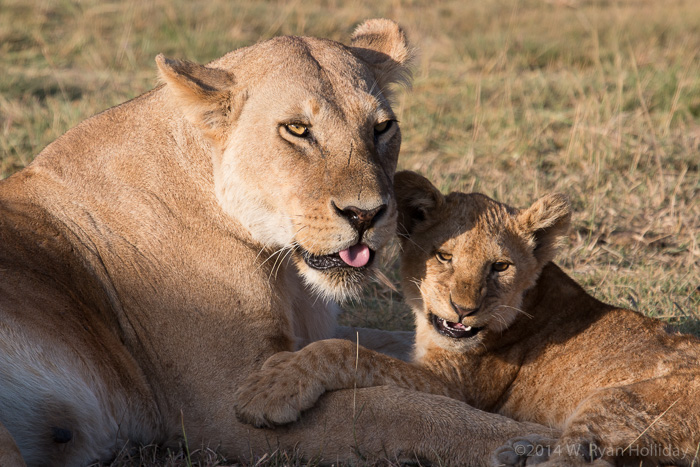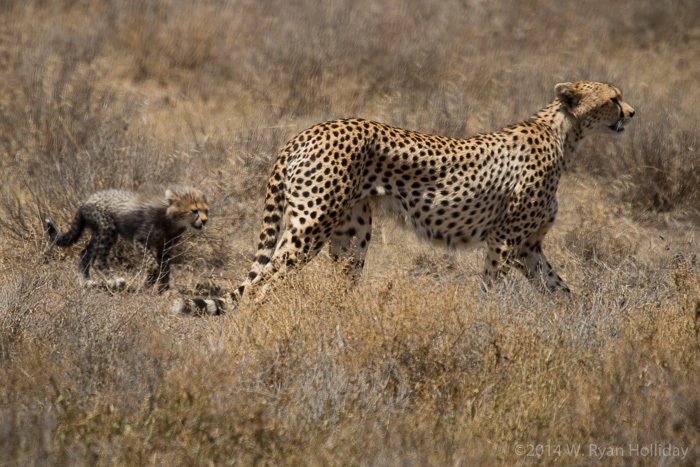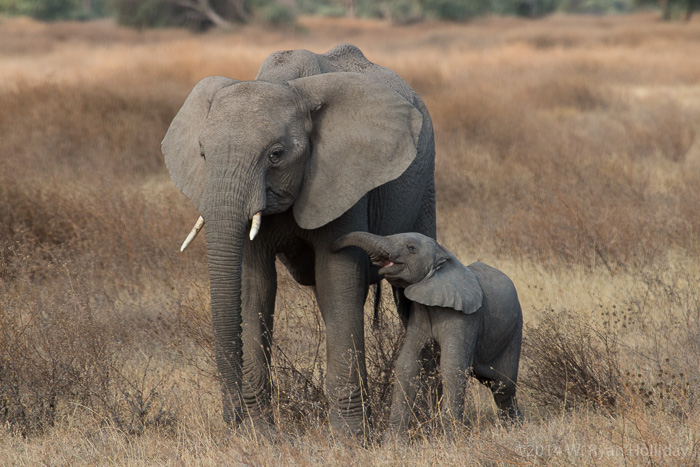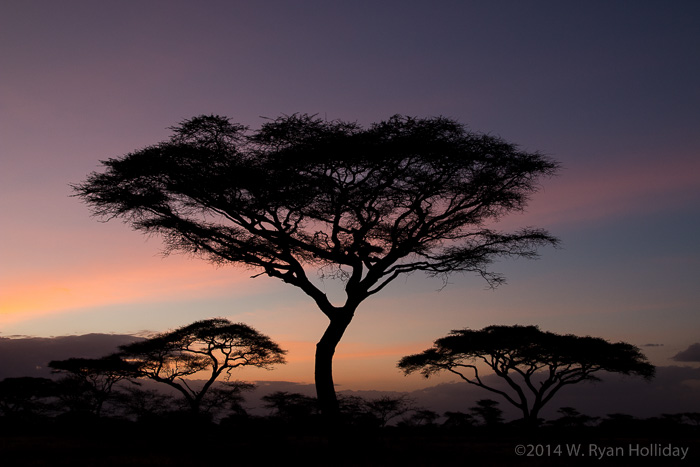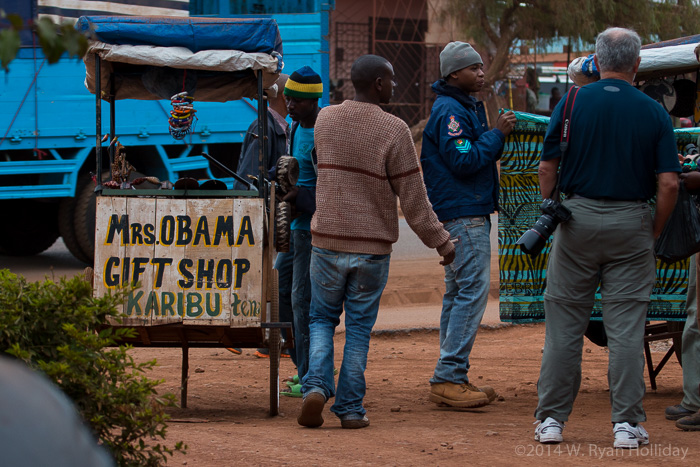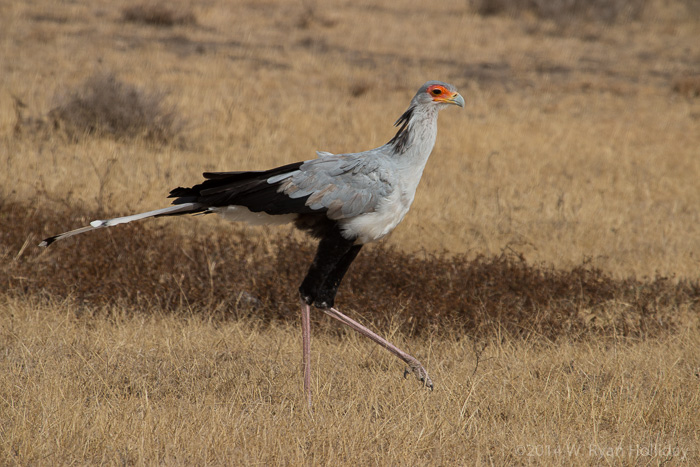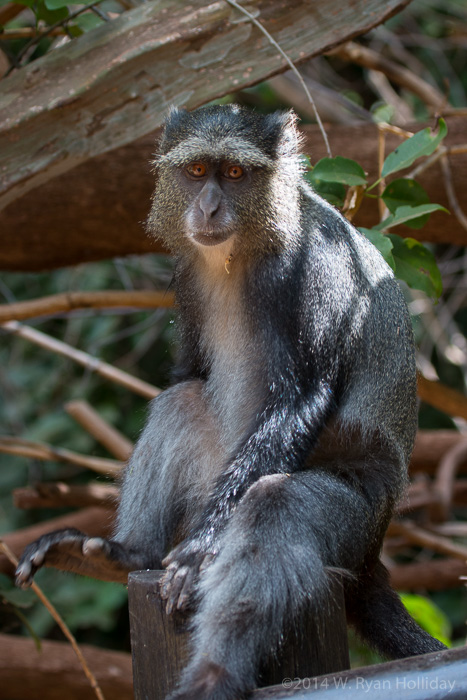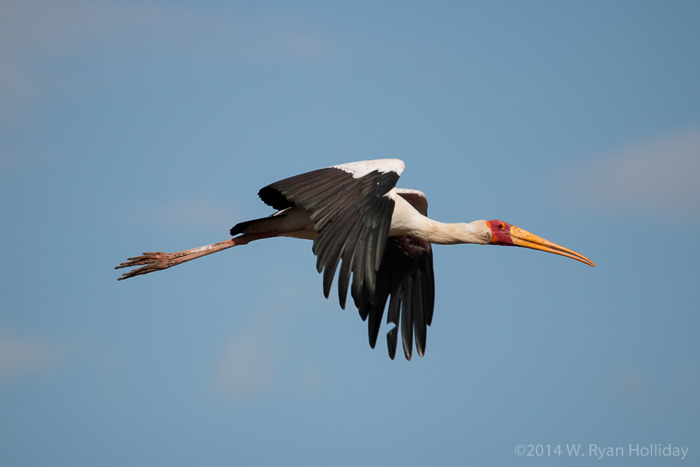Our lodging for the night looks like it was taken from the set of the first Star Wars movie, and it has a view over the Serengeti that is most definitely worth the price of admission – all good things.
In wildebeest news, it rained early this year, so the beasties are a bit confused and dispersed more than expected, but there are still a lot of them roaming the plains below – at one point today I saw a single file line of wildebeest that must have stretched for at least five miles, with each animal following the one in front to whatever destination had been selected. The single file thing apparently has evolutionary advantages, but it’s still funny to see several thousand shaggy beasts lined up in perfect order in a queue that extends across the horizon.
The upside of being in constant motion is that the wildebeest always get good grazing; the downside was evident as we crossed the Mara River – dozens and dozens of wildebeest who hadn’t survived the river crossing were floating in the water and being picked apart by hundreds of vultures. Gail indicated that these were just the ones who had drowned, and that many others were in the bellies of the numerous crocodiles we saw. As has happened many times on this trip, I said a silent “thank you” for the fact that humans generally die in bed instead of in the belly of something with large teeth.
Other animal sightings included playful lions cubs at dawn and dusk, a super-tiny baby elephant, and a cheetah charging a herd of wildebeest thrown in for good measure. After returning from the day drives I embarked on my first of three night drives, and got to experience the odd sensation of seeing hundreds of eyes reflected in the spotlight as a herd of wildebeest ran by – it looked like thousands of fireflies moving across the landscape in sync – as well as a lion hunting along the road and dozens of hippos out grazing. More to come.
